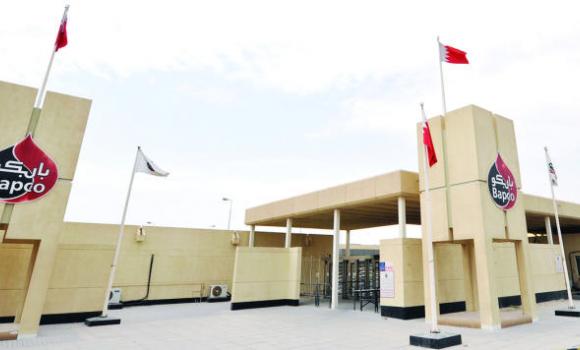Fitch Ratings has revised Bahrain’s outlook to negative from stable as it forecasts a wider double-digit budget deficit of 12.5% of GDP in 2015.
The ratings agency, which also affirmed the country’s long-term foreign and local currency issuer default ratings at ‘BBB-’and ‘BBB’ respectively, said in a statement that the revision comes as low oil prices continue to impact Bahrain’s economy, Arab News reported.
It said fiscal adjustment measures introduced so far have proven “insufficient” to offset lower oil prices, as social and competitiveness constraints hinder the pace of policy response.
As a result, Fitch said total revenues will fall to 17% of GDP in 2015 and 2016, from 24% of GDP in 2014.
Bahrain’s minister for industry and commerce said last month that it is planning more subsidy cuts and intends to impose charges for government services next year in order to boost revenues hit by slumping oil prices.
Like other Persian Gulf Arab oil-exporting states, Bahrain has for many years subsidized goods and services such as food, fuel, electricity and water, keeping prices ultra-low in an effort to maintain social peace.
But since its oil income began to plunge last year, the government’s budget deficit has widened and the subsidies have become much harder for Bahrain to afford.
Fitch added that it forecast a 12.5% of GDP budget deficit this year, followed by 10.7% in 2016 and remaining in high single digits by 2017, up from 5.5% of GDP in 2014.
This adds to record fiscal deficits every year since 2008 while Fitch said it estimates a breakeven oil price of $122 per barrel in 2015 versus average oil price assumptions of $55 per barrel.
Fitch said real growth has been relatively resilient to lower oil prices, with forecasts of 3.3% in 2015 and 3% in 2016 and 2017, compared to the 4.5% growth seen in 2014.
It added that growth will be supported by the non-hydrocarbon sector expanding by 4.4% in 2015, and remaining around 3.5% in 2016 and 2017 underpinned by manufacturing, construction, tourism and social and personal services.


